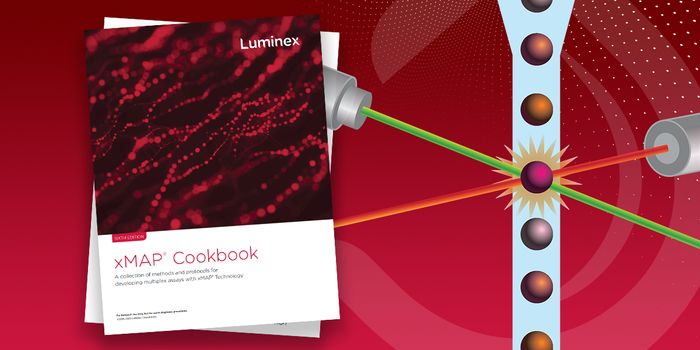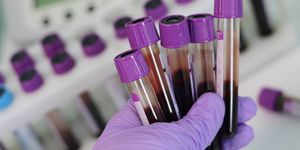Penile Erection Mechanics Highly Dependent on Understudied Fibroblasts
Perivascular Fibroblasts: Unsung Heroes of Erectile Function
Have you ever wondered about the intricate mechanisms behind penile erection? A recent study published in Science sheds light on the fascinating role of perivascular fibroblasts in the corpora cavernosa (CC), identifying these cells as key players in regulating erectile function and dysfunction.
Traditionally, fibroblasts were seen as static and uniform cells providing structural integrity to blood vessels and rarely studied. However, as science progresses, we're discovering that these cells are far more dynamic and diverse than previously thought. Researchers from the Karolinska Institutet in Stockholm uncovered that perivascular fibroblasts in the CC don't just sit idly by; they actively modulate penile blood flow by influencing the balance between vasodilators and vasoconstrictors.
The Dynamic Role of Fibroblasts in Penile Blood Flow Regulation
CC fibroblasts regulate the availability of norepinephrine, a key player in vasoconstriction. By fine-tuning the levels of norepinephrine, fibroblasts help maintain the delicate balance necessary for achieving and sustaining an erection.
The number of fibroblasts in the CC also plays a crucial role. Increased erection frequency stimulates fibroblast proliferation, leading to higher basal blood flow and reduced norepinephrine sensitivity. Essentially, more erections mean more fibroblasts, promoting better erectile function. On the flip side, conditions like priapism, characterized by prolonged, non-arousal-dependent erections, can occur when there's an excess of penile fibroblasts.
Furthermore, inflammation-induced fibrosis can impair erections by activating fibroblasts inappropriately, leading to the formation of fibrotic tissue. This underscores the importance of maintaining a balanced fibroblast population for optimal erectile function.
Interestingly, the study also found that aging and decreased erection frequency can lead to a reduction in fibroblast proliferation, potentially exacerbating erectile dysfunction. Aging, often accompanied by reduced sexual activity, correlates with a decline in fibroblast numbers in the CC.
Notch Signaling: A Promising Target for Erectile Dysfunction Treatment
Image by Eduardo L. Guimaraes
Cross-section images of erect mouse penis are shown.
The researchers discovered that Notch signaling is central in coordinating fibroblast turnover and penile blood flow. Modulation of Notch signaling in penile fibroblasts could offer new therapeutic avenues for treating erectile dysfunction, complementing existing therapies that focus on vasodilation.
This study unveils the dynamic interplay between fibroblasts, Notch signaling, and penile blood flow regulation. By understanding these mechanisms, we move closer to developing more effective treatments for erectile dysfunction, improving the lives of millions of individuals worldwide.
So, the next time you marvel at the wonders of penile erection, remember the unsung heroes – perivascular fibroblasts – doing the hard work behind the scenes to ensure everything goes smoothly.
Sources: EurekAlert!, Science









